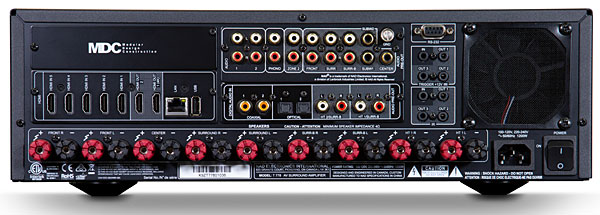Is there any way to select an input directly at the receiver vs the remote? I’m guessing this has a touch screen but not sure how you get to it. If not that seems really useful unfriendly.
Also no volume display sent to the tv screen? Or any other info display like I have on myt787? Again really poor interface. Especially when receiver screen is not visible from seating position.



































































